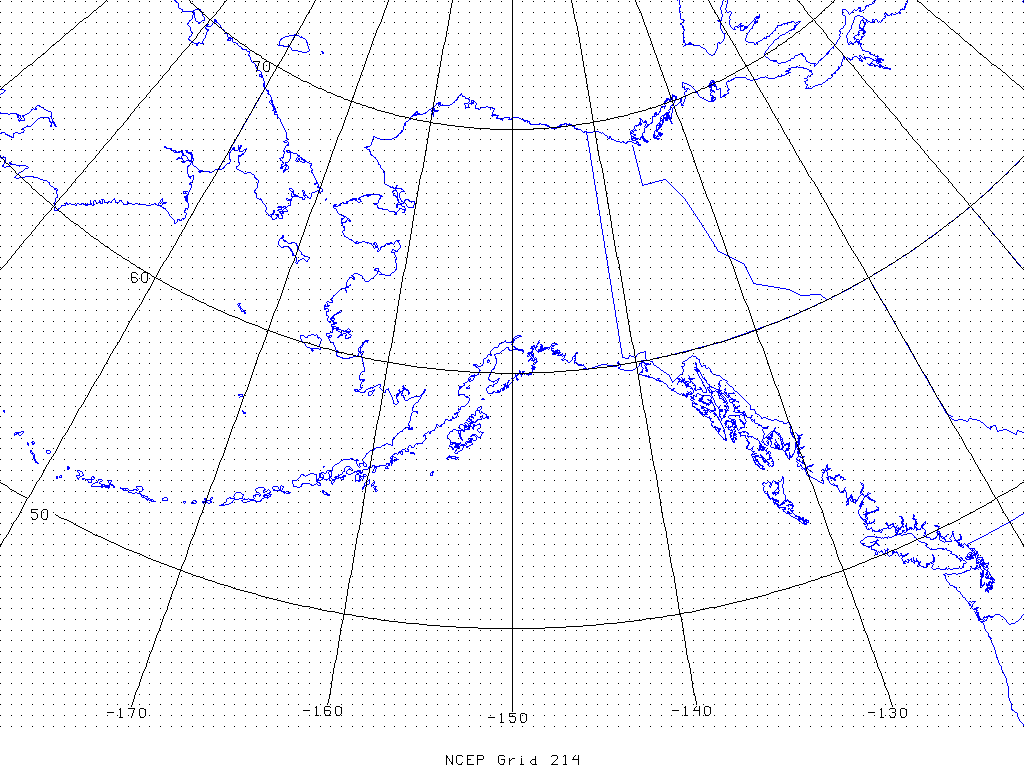
There is one data file of global HSGs at 250 m resolution in GeoTIFF format provided with this dataset. Study Area: (All latitude and longitude given in decimal degrees.) Site (Region) For completeness, the data were given a date range of 1900 to 2015. Temporal Coverage: These data are modeled to represent contemporary soil runoff potential. Spatial Resolution: 1/480 decimal degrees (~250 m) This research was supported in part by the US National Aeronautic and Space Administration as part of the NASA Carbon Cycle Science program (Grant # NNX17AI49G). HYSOGs250m, global gridded hydrologic soil groups for curve-number-based runoff modeling. These soils receive are assigned dual HSGs, as a less restrictive class group can be assigned (according to texture or KS) if they can be adequately drained. Wet soils have high runoff potential (regardless of texture) due to the presence of a groundwater table within 60 cm of the surface. The four standard classes-A, B, C, and D-correspond to soils with low, moderately low, moderately high, and high runoff potential, respectively.

The resulting data product-HYSOGs250m-represents rainfall runoff potential at 250-m spatial resolution. We developed a globally consistent gridded dataset defining HSGs to fill this gap. Hydrologic soil groups (HSGs) are a fundamental component of the USDA curve number (CN) method for estimation of rainfall runoff yet these data are not readily available in a format or spatial resolution suitable for regional to global scale modeling applications. Airborne Visible InfraRed Imaging Spectrometer (AVIRIS).Active Sensing of CO2 Emissions over Nights, Days, and Seasons (ASCENDS) Airborne Campaign.

CARbon Atmosphere Flux Experiment (CARAFE).
#DEFINE GRIDDED SIMULATOR#


Users can use pure numpy arrays, or any object that “acts” like a numpy array. gridded for the most part shifts the burden of handling lazy loading to external libraries, and does this by keeping data stored in a “numpy array-like” objects. As a result it is impractical to load entire datasets into memory at once. Many of the datasets users need to work with can be quite large.


 0 kommentar(er)
0 kommentar(er)
